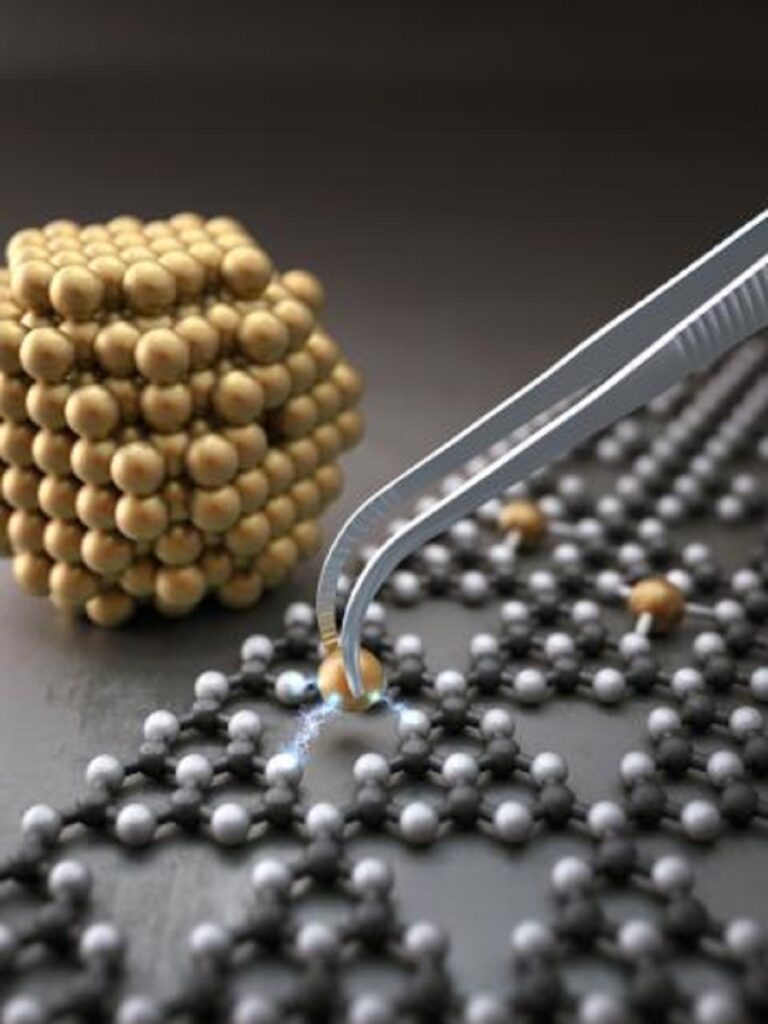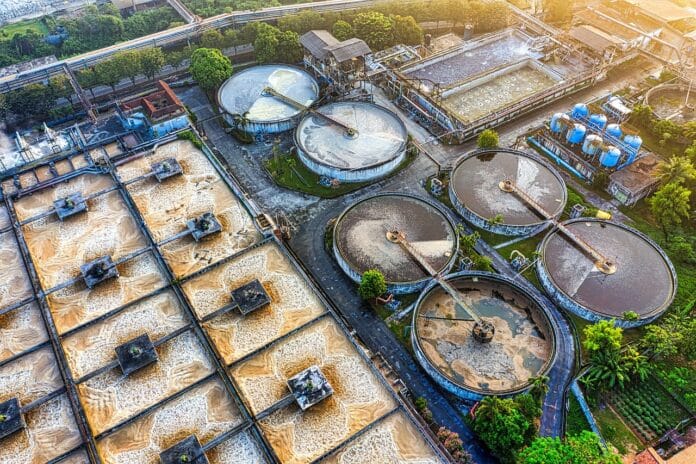Metal sites have been shown to deteriorate the catalytic performance of SACs in a few industrially important reactions, such as dehalogenation, CO oxidation, and hydrogenation. An extended set of metal ensemble catalysts has been conceptualized to overcome such limitations.
The treatment of water holds enormous promise for catalysts made of only a few atoms due to their high efficiency. In a recent study, scientists investigated how to enhance these catalysts’ functionality and make them useful in practical uses.
Nanoscale catalysts have received much interest in the field of water treatment during the last few decades. Nanomaterials have a wide range of unique and useful features. Recently, researchers have begun investigating the possibilities of single-atom catalysts. These catalysts, which are much smaller than nanomaterials, can provide even better efficiency.
Because the materials frequently used for catalysts can be costly, efficiency is critical. For example, palladium (now selling for around $2,000 per ounce) is a metal that is frequently used in catalysts. A brief comparison explains why single-atom catalysts are so popular. Fifty nanometers of palladium cost about $37 to cover an area of about 250 square meters in nanoscale form. Only about 2% of its atoms are visible at the surface. In single-atom form, palladium costs only 17 cents to cover an area larger than 50 football fields. And the efficiency is highly rated, with 100% atom exposure at the surface.

Kim, the Henry P. Becton Sr. Professor of Chemical & Environmental Engineering, said, “We didn’t have this capability before, but now we are basically loading single-atom metals, atom by atom, onto the substrate. And that’s great because you can utilize all of the atoms.”
He said. “But they exhibit properties more like a single atom because they’re such a small cluster, and the atoms are all exposed at the surface.”
He added. “Ultimately, we are hoping to have a highly efficient device that has this catalyst to destroy pollutants in water because it is going to be so much cheaper and efficient than other material designs.”
Scientists from Yale School of Engineering and Applied Science invented a method with a catalyst made of palladium atoms to reduce the carcinogen bromate in water. They added the nonmetal elements sulfur, nitrogen, and boron to the atom ensembles’ surroundings. The overall results indicated that the system’s catalytic performance had improved. According to the researcher, it is a positive indicator, especially since water treatment must be as cost-effective as possible.
The limitation of single-atom catalysts is that certain circumstances can reduce their catalytic performance. As a remedy, researchers have begun developing ensembles of catalysts, which are microscopic clusters of atoms. These clusters comprise only three or four atoms, as opposed to the thousands of atoms that make up a nanomaterial.
Researchers are still figuring out the best ways to manage the properties of these ensemble structures and improve their performance because this material design is still relatively new. For example, the addition of specific elements around the metals can improve entirely isolated single-atom catalysts. Kim and his team discovered that atom ensembles might be modified in the same way. Their paper is the first to investigate the possibility.
The result shows that controlling the CE of SACs in an ensemble configuration is a potential technique for optimizing and improving their catalytic efficacy.
Journal Reference:
- Dahong Huang, Kali Rigby, etal.Enhancing the activity of Pd ensembles on graphene by manipulating the coordination environment. The National Academy of Sciences. DOI: 10.1073/pnas.2216879120
